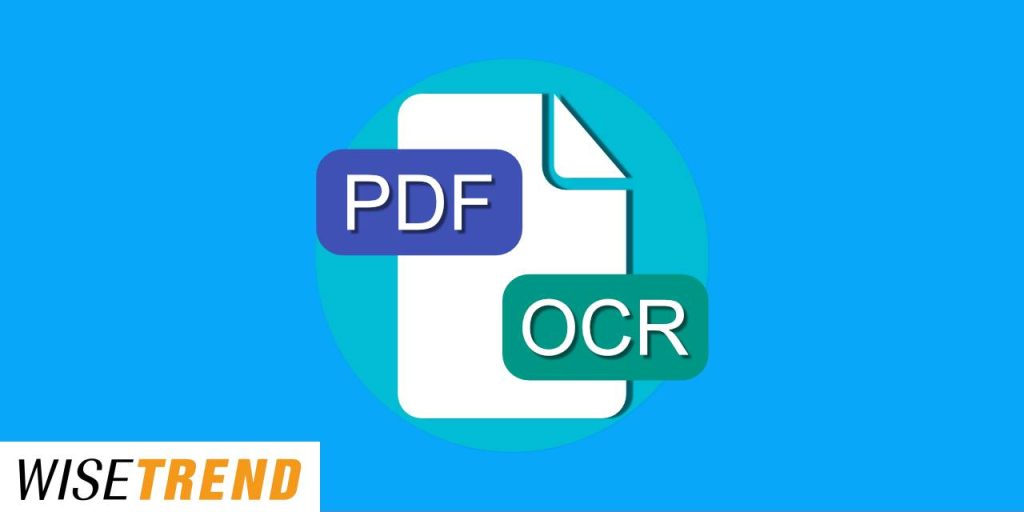 OCR (Optical Character Recognition) technology has become increasingly popular and valuable in today’s digital age. By converting scanned or photographed text into editable and searchable data, OCR streamlines business processes, improves accuracy, and enhances productivity. There are different types of OCR available, each with its own benefits and specific use cases. In this article, we will explore the various types of OCR and the benefits they offer for your business processes.
OCR (Optical Character Recognition) technology has become increasingly popular and valuable in today’s digital age. By converting scanned or photographed text into editable and searchable data, OCR streamlines business processes, improves accuracy, and enhances productivity. There are different types of OCR available, each with its own benefits and specific use cases. In this article, we will explore the various types of OCR and the benefits they offer for your business processes.
- Traditional OCR:
Traditional OCR is the most common type of OCR and is widely used across industries. It is capable of recognizing and extracting text from printed documents, such as invoices, contracts, and forms. The benefits of traditional OCR include:
-
Time and Cost Savings: By automating the data extraction process, traditional OCR eliminates the need for manual data entry, saving time and reducing labor costs.
-
Improved Accuracy: Traditional OCR technology has advanced significantly, resulting in high accuracy rates and minimizing errors associated with manual data entry.
-
Enhanced Efficiency: With traditional OCR, businesses can process large volumes of documents quickly, enabling faster decision-making and improved overall efficiency.
- Intelligent Character Recognition (ICR):
ICR is an advanced type of OCR that goes beyond printed text recognition and includes handwritten text interpretation. ICR is particularly beneficial for industries where handwritten information is common, such as healthcare, finance, and legal sectors. The benefits of ICR include:
-
Handwritten Text Recognition: ICR can accurately recognize and extract handwritten text, eliminating the need for manual transcription and reducing errors.
-
Enhanced Data Capture: ICR technology can capture data from a variety of sources, including forms, medical records, and customer surveys. This capability enables businesses to unlock valuable insights from unstructured data.
-
Improved Customer Service: By leveraging ICR to process handwritten documents, businesses can enhance customer service by reducing processing times and providing accurate information.
- Invoice OCR:
Invoice OCR is a specialized form of OCR designed specifically for processing invoices. It automates the extraction of key information from invoices, such as vendor details, invoice numbers, and line item data. The benefits of invoice OCR include:
-
Streamlined Accounts Payable: Invoice OCR simplifies the accounts payable process by automatically capturing invoice data, reducing manual entry and speeding up payment processing.
-
Improved Accuracy and Compliance: By minimizing manual data entry, invoice OCR reduces errors and ensures compliance with tax and regulatory requirements.
-
Enhanced Workflow: Invoice OCR integrates with accounting systems, allowing for seamless invoice routing, approval workflows, and faster financial reporting.
- Receipt OCR:
Receipt OCR focuses on extracting data from receipts, facilitating expense management and bookkeeping tasks. The benefits of receipt OCR include:
-
Automated Expense Tracking: Receipt OCR automates the extraction of key information from receipts, such as vendor, date, and total amount, simplifying expense tracking for individuals and businesses.
-
Efficient Bookkeeping: By digitizing receipts and automatically categorizing expenses, receipt OCR streamlines bookkeeping processes and provides a clear audit trail.
-
Seamless Integration: Receipt OCR can integrate with accounting and expense management software, enabling easy data transfer and streamlined workflows.
In conclusion, OCR technology offers a wide range of benefits for businesses, regardless of their industry or size. Traditional OCR, ICR, invoice OCR, and receipt OCR each serve specific purposes, improving efficiency, accuracy, and productivity in various business processes. By implementing the appropriate OCR solution for your specific needs, you can unlock the advantages of automated data extraction, reduce manual labor, and focus on more value-added tasks within your organization.
